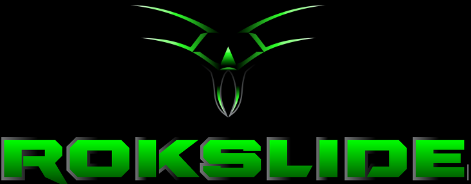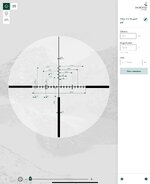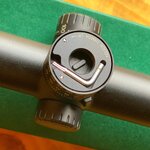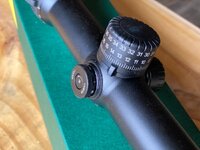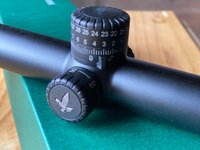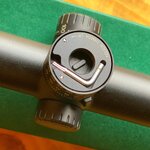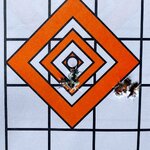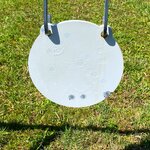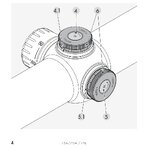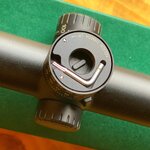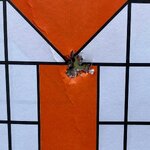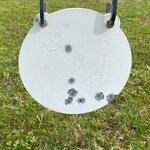Dave Chilson
FNG
- Joined
- Apr 5, 2025
- Messages
- 34
Got a notification that my favorite UPS driver will be delivering this tomorrow. I want to put it on my new elk rifle which I am impatiently waiting to be delivered. Until then, I’m going to put it on my most accurate rifle and test the repeatability to maintain zero.
Ultimately, I am going to order a custom turret from Swarovski so I can dial the yardage, dope the wind and fire for effect!
My self imposed limit where I feel confident shooting at game is 500-600 yards, depending on wind conditions. I’m fortunate to have a 400 yard range at my house.
I’m setting up my range to imitate shooting out to 900+ yards with my elk cartridge. (300 win mag, 200 grain Terminal Ascent)
Going to shoot 5 targets, 50, 100, 150, 175 and 200. The 50 yard target will be paper the rest are metal hangers. I have 500 rounds of the same lot number SK match that I will be using for the test. I will never be dialing this scope that much in actual hunting conditions because of my self imposed limits, but it should be a good test.
I went with this simple 4wi reticle. I pulled this from the Swarovski website, it’s the closest thing I could find listed, but it’s for the 44mm objective.
Ultimately, I am going to order a custom turret from Swarovski so I can dial the yardage, dope the wind and fire for effect!
My self imposed limit where I feel confident shooting at game is 500-600 yards, depending on wind conditions. I’m fortunate to have a 400 yard range at my house.
I’m setting up my range to imitate shooting out to 900+ yards with my elk cartridge. (300 win mag, 200 grain Terminal Ascent)
Going to shoot 5 targets, 50, 100, 150, 175 and 200. The 50 yard target will be paper the rest are metal hangers. I have 500 rounds of the same lot number SK match that I will be using for the test. I will never be dialing this scope that much in actual hunting conditions because of my self imposed limits, but it should be a good test.
I went with this simple 4wi reticle. I pulled this from the Swarovski website, it’s the closest thing I could find listed, but it’s for the 44mm objective.
